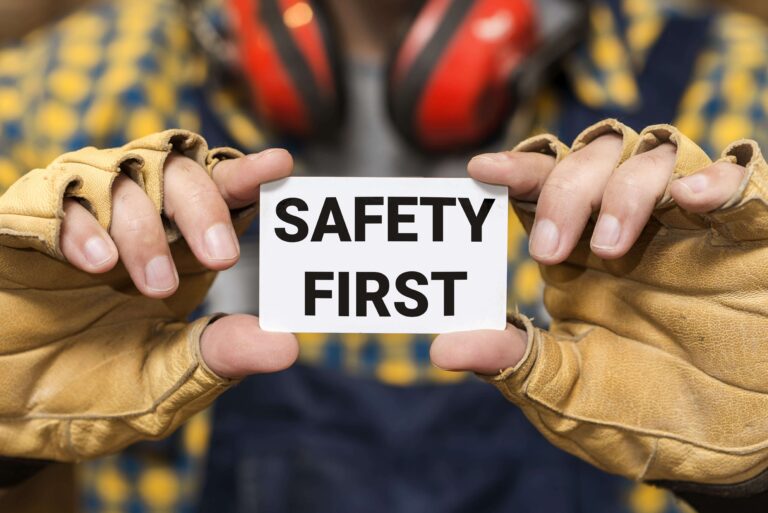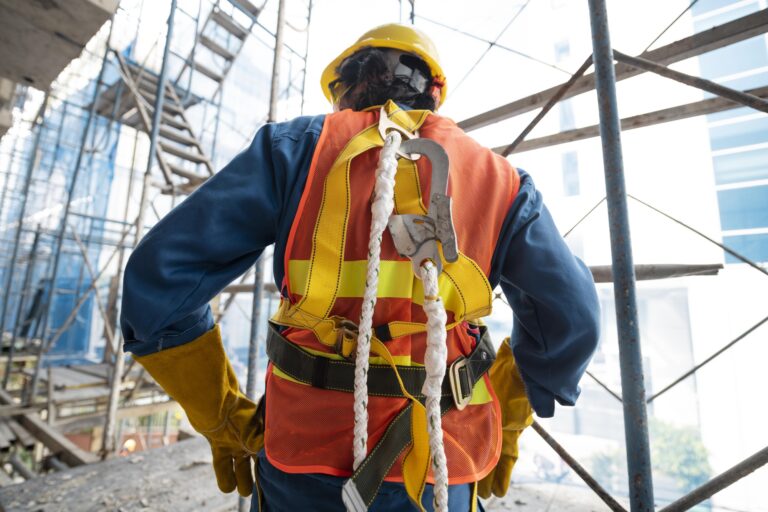Safety barriers are critical in ensuring the well-being of workers and the public across various industries. However, maintaining these barriers becomes especially challenging during extreme weather conditions. From blistering heat to freezing cold, weather can compromise the integrity and effectiveness of safety barriers, posing significant risks. Drawing from hands-on experience, this guide explores how to maintain safety barriers in harsh weather, ensuring reliability and safety year-round.
The Importance of Safety Barriers
Safety barriers serve as the frontline defense in hazardous environments, preventing accidents and protecting workers and assets. Whether used on construction sites, industrial facilities, or public areas, these barriers play a crucial role in maintaining safety and compliance with regulations.
However, exposure to extreme weather can lead to material degradation, structural damage, or instability, undermining their effectiveness. By proactively addressing these challenges, you can extend the lifespan of your barriers and ensure their reliability in all conditions.
Challenges Faced by Safety Barriers in Extreme Weather
1. High Temperatures and UV Exposure
In scorching heat, materials like plastic and rubber can warp or weaken, reducing the barrier’s strength. Prolonged UV exposure can also cause discoloration and brittleness, making the barriers prone to cracks and breaks.
2. Freezing Temperatures and Snow
Cold weather can make materials more brittle, increasing the risk of cracks and fractures. Accumulated snow and ice can add weight, potentially destabilizing temporary barriers or causing permanent ones to collapse.
3. Heavy Rain and Flooding
Excessive moisture can corrode metal components, weaken wooden barriers, and lead to erosion around barrier foundations. Flooding may even displace poorly anchored systems.
4. Strong Winds and Storms
High winds can topple lightweight barriers or shift poorly secured ones. Debris carried by the wind can also cause physical damage, compromising the barrier’s structural integrity.
Best Practices for Maintaining Safety Barriers in Extreme Weather
1. Use Weather-Resistant Materials
Invest in safety barriers designed to withstand harsh weather conditions. Look for materials like galvanized steel, which resists corrosion, or high-density polyethylene (HDPE), which is both UV-resistant and durable.
From personal experience, upgrading to weather-resistant materials saved us significant time and costs during a long-term project in a coastal area with fluctuating weather conditions.
2. Regular Inspections and Maintenance
Frequent inspections are essential for identifying potential issues before they become major problems. Check for signs of wear, corrosion, or structural damage, and address these promptly.
For instance, after a severe storm, we discovered bent components in a metal barrier system that could have failed if not replaced immediately.
3. Reinforce and Anchor Barriers
During extreme weather, ensure barriers are securely anchored to prevent displacement. Use weighted bases, ground stakes, or reinforced connections to keep barriers stable in high winds or floods.
4. Apply Protective Coatings
Protective coatings, such as UV-resistant paint or anti-corrosion treatments, can extend the lifespan of barriers. These coatings shield materials from the damaging effects of weather exposure.
5. Monitor and Clear Debris
After storms or heavy snowfalls, clear debris, ice, or accumulated water from the barriers to prevent additional strain. This simple step can prevent unnecessary damage and maintain functionality.
Adapting Safety Barriers to Different Weather Scenarios
In Hot Climates
- Opt for barriers made of UV-resistant materials.
- Shade temporary barriers when possible to reduce heat exposure.
- Conduct frequent checks for cracks or discoloration caused by prolonged sun exposure.
In Cold Climates
- Use barriers designed to withstand freezing temperatures.
- Regularly inspect for brittleness or fractures caused by extreme cold.
- Remove snow and ice buildup to prevent added weight and instability.
In Windy or Storm-Prone Areas
- Anchor barriers securely using heavy-duty bases or stakes.
- Avoid using lightweight barriers in high-wind zones.
- Inspect barriers after storms for structural damage or misalignment.
In Rainy or Flood-Prone Areas
- Ensure barriers have proper drainage to prevent water accumulation.
- Use corrosion-resistant materials, such as galvanized steel or treated wood.
- Reinforce barriers to withstand erosion or displacement during floods.
Real-Life Example: Managing Barriers in Coastal Environments
During a project near the coast, we faced intense storms and high winds regularly. By choosing HDPE barriers with reinforced bases, we were able to maintain safety and minimize downtime. Regular inspections and quick repairs became routine, but the investment in weather-resistant materials proved invaluable.
Why Consistent Maintenance Matters
Neglecting safety barriers during extreme weather can lead to costly replacements, increased risk of accidents, and potential regulatory violations. Consistent maintenance ensures the barriers remain functional, reliable, and compliant with safety standards.
Final Thoughts
Maintaining safety barriers in extreme weather conditions requires a proactive approach and the right materials. By investing in weather-resistant solutions, conducting regular inspections, and adapting to specific weather challenges, you can ensure the effectiveness of your safety barriers year-round.
Remember, safety isn’t seasonal—it’s a continuous commitment. Prioritize the care of your safety barriers to protect lives, property, and peace of mind, no matter the weather.



